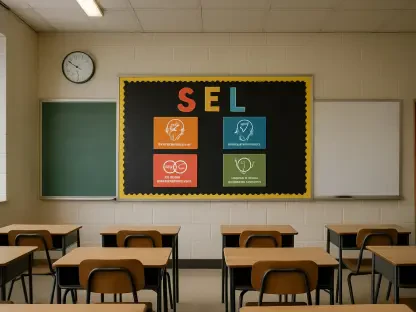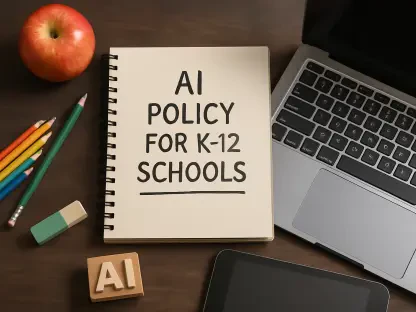The landscape of student loans is undergoing significant reforms. As student debt soars, with estimates reaching over $1.7 trillion, the U.S. Department of Education (DOE) is proposing notable changes to the structure of student loan forgiveness and repayment plans. This roundup article compiles insights from various experts and stakeholders to provide a comprehensive view of the proposed changes and their implications.
Transforming Student Aid: The Context and Implications
The DOE’s proposed alterations come amid increasing scrutiny of the higher education financing system. The push to revise student loan forgiveness and repayment plans aims to address long-standing issues that have burdened countless borrowers. Experts suggest these changes could streamline processes, reduce administrative burdens, and provide clearer pathways for debt relief. This article will explore the history and evolution of the Public Service Loan Forgiveness (PSLF) program, examine modifications to income-driven repayment plans, and discuss the broader deregulation efforts.
The Evolution of PSLF Policies
Founded in 2007 under President George W. Bush’s administration, the PSLF program was designed to forgive student loan balances for borrowers in public service jobs after ten years of qualifying payments. Over the years, the program has faced myriad challenges, including stringent eligibility criteria and administrative bottlenecks. Critics highlight that these issues have often excluded deserving borrowers from receiving forgiveness. Proponents of the proposed changes argue that revising PSLF policies could lead to more equitable treatment of public service workers, enhancing their ability to serve communities without the distraction of unmanageable debt.
Income-Driven Repayment: A New Focus
Income-driven repayment plans like Pay as You Earn (PAYE) and Income-Contingent Repayment (ICR) have provided flexible repayment options based on borrowers’ income levels. Proposed changes seek to simplify these plans further and eliminate the confusion that has plagued many participants. Borrower case studies demonstrate the significant impact these plans can have on managing student debt, affording individuals the opportunity to maintain financial stability. However, experts caution that the potential risks involved, such as the complexity of transitioning to new systems and understanding new rules, must be carefully managed to avoid creating new pitfalls.
Deregulation and Innovation: A Delicate Balance
The DOE’s initiative to deregulate federal student aid programs aims to alleviate administrative burdens and stimulate innovation within higher education. By removing unnecessary regulations, the DOE plans to reduce college costs and foster new educational models. Some regions may experience significant variances in the adoption and impact of these deregulations. Stakeholders mention that balancing deregulation with adequate oversight will be crucial to ensure the fair and efficient operation of student aid programs.
Political Winds: The Impact of Changing Administrations
The changing political landscape has played a significant role in shaping these regulatory changes. The opposing viewpoints of the Biden and Trump administrations highlight differing philosophies on federal involvement in education. The Biden administration’s temporary relaxation of PSLF rules aimed to ease borrower confusion and potential injustices caused by loan servicer errors. Conversely, the Trump administration’s moves to limit or dismantle the DOE reflect a broader attempt to reduce federal oversight. Comparing these approaches offers valuable insights into how future policies might evolve, potentially shifting the responsibilities of student aid programs to different agencies.
Key Takeaways and Strategic Recommendations
The primary insights from these regulatory changes indicate a move toward streamlined and borrower-friendly processes within student aid programs. Students and educational institutions alike should stay informed about the ongoing developments to adapt effectively. It’s recommended that borrowers regularly consult their loan servicers for updates on their eligibility and repayment options. Educational institutions should invest in resource centers to help students navigate changing landscapes.
Forward Looking: The Future of Student Aid Policy
The future of student aid policy necessitates ongoing vigilance and adaptation. Long-term implications for borrowers and educational entities include the potential for easier access to forgiveness programs and more manageable repayment plans. Stakeholders must remain proactive and engaged with the evolving policies to ensure they maximize the benefits of the reforms. A continuous focus on equitable and efficient delivery of student aid can drive meaningful improvements in the higher education financing system for all.









